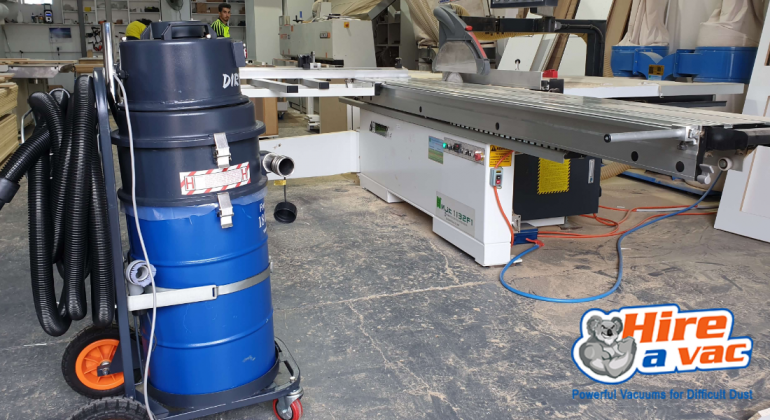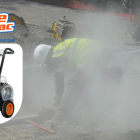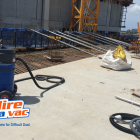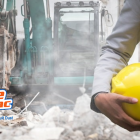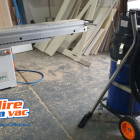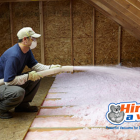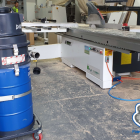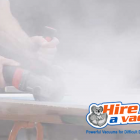Wood dust hazards is a serious respiratory irritant and can even cause cancer in high concentrations. Woodworkers, carpenters, cabinet makers, and many other woodworking professionals are at risk of developing asthma, chronic bronchitis, or hypersensitivity pneumonitis from constant exposure to wood dust.
Wood dust may not seem like a dangerous substance, but once it gets into the air it becomes very irritating to your nose and throat. Even small amounts of wood dust can trigger an allergic reaction or irritation of the airways with prolonged exposure. There are many types of…
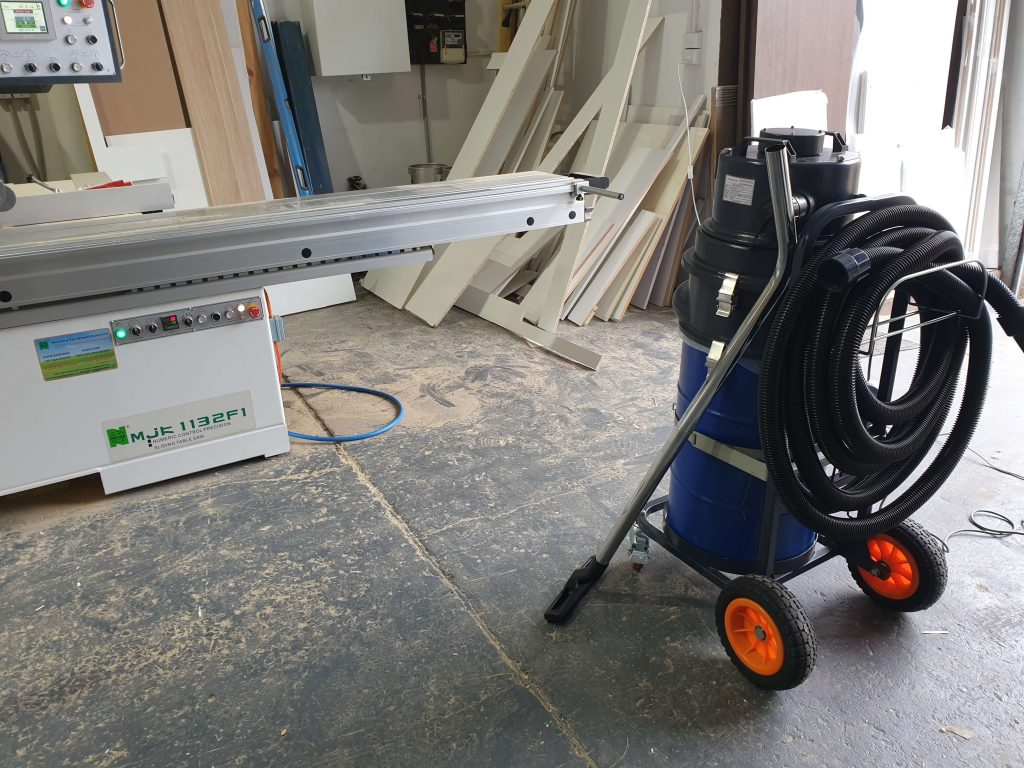
By-products of woodworking that are dangerous to your health
The primary by-products of woodworking that are dangerous to your health are: – Silica dust is a major respiratory hazard, causing silicosis and other lung diseases. – Bacteria and fungi present in wood, or generated by processing, can cause infections. – Wood dust hazards is a respiratory irritant, causing asthma and allergies. – Fibers can trigger asthma and allergies.
Wood dust hazards exposure symptoms and diagnosis
The symptoms of wood dust exposure include the following: – Irritation of the nose, throat, and lungs. – Dust allergy. – Upper respiratory tract infections such as colds, bronchitis, and sinusitis. – Asthma attacks in workers with asthma who are exposed to high dust levels. – Fibrosis of the lungs. The diagnosis of wood dust hazards exposure is made by a thorough medical history and physical examination, and a thorough evaluation of the type of dust present in the workplace, and the level of exposure. Spirometry, or lung function tests, are not helpful in the diagnosis.
How to protect yourself from wood dust hazards when working ?
The best way to protect yourself from wood dust hazards is to use proper respiratory protection. The type of respiratory protection you need will depend on the type and amount of dust present in the workplace.
- In general, if the dust is above 5% silica, you need a full-face respirator with an N-95 rating. Above 10% silica, you need a powered air-purifying respirator (PAPR) or a self-contained breathing apparatus (SCBA). Avoid sawing and sanding, etc. without dust collection.
- Use vacuum extraction or local exhaust hoods for sanding, routing, and other dusty operations.
- Use hoods and other respiratory protection when needed, such as when cutting or sanding wood, working with wood dust hazards , coarser dust such as metal, fiberglass, and other mineral fibers, and during maintenance.
- Use dust-free rooms, clean up sawdust, vacuum the floor, and use local exhaust hoods with high-efficiency particulate air (HEPA) filters.
Ways to reduce the amount of wood dust hazards in the air
- Use high-quality wood.
- Use preservatives, such as chromate copper arsenate (CCA), to prevent fungi growth.
- Replace wood on the floor with tiles or other hard materials.
- Vacuum the floor to reduce dust.
- Use dust collectors.
Conclusion
Wood dust hazards is a serious respiratory irritant, and can even cause cancer in high concentrations. Fortunately, there are ways to protect yourself from exposure to wood dust hazards . By following a few simple safety tips and using the proper safety equipment, you can reduce your risk of contracting an illness from wood dust. Now that you know more about the risks of working with wood dust, you can take steps to protect yourself from exposure. Follow these tips, and you can safely enjoy the benefits of working with wood.
Call our technical team now for a consultation. Toll-free +61 1800 438 822 or Email Us On bookings@hireavac.com.au

